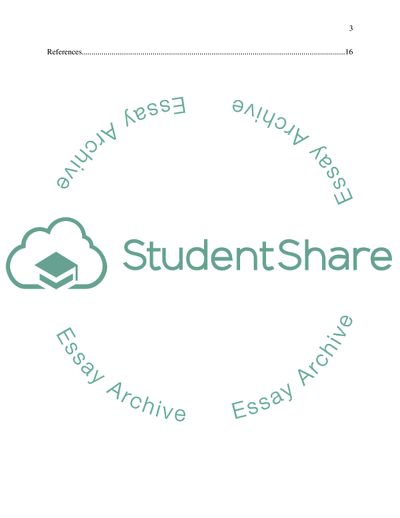Cite this document
(International human resource management Essay Example | Topics and Well Written Essays - 3000 words - 1, n.d.)
International human resource management Essay Example | Topics and Well Written Essays - 3000 words - 1. https://studentshare.org/human-resources/1864053-international-human-resource-management
International human resource management Essay Example | Topics and Well Written Essays - 3000 words - 1. https://studentshare.org/human-resources/1864053-international-human-resource-management
(International Human Resource Management Essay Example | Topics and Well Written Essays - 3000 Words - 1)
International Human Resource Management Essay Example | Topics and Well Written Essays - 3000 Words - 1. https://studentshare.org/human-resources/1864053-international-human-resource-management.
International Human Resource Management Essay Example | Topics and Well Written Essays - 3000 Words - 1. https://studentshare.org/human-resources/1864053-international-human-resource-management.
“International Human Resource Management Essay Example | Topics and Well Written Essays - 3000 Words - 1”. https://studentshare.org/human-resources/1864053-international-human-resource-management.


